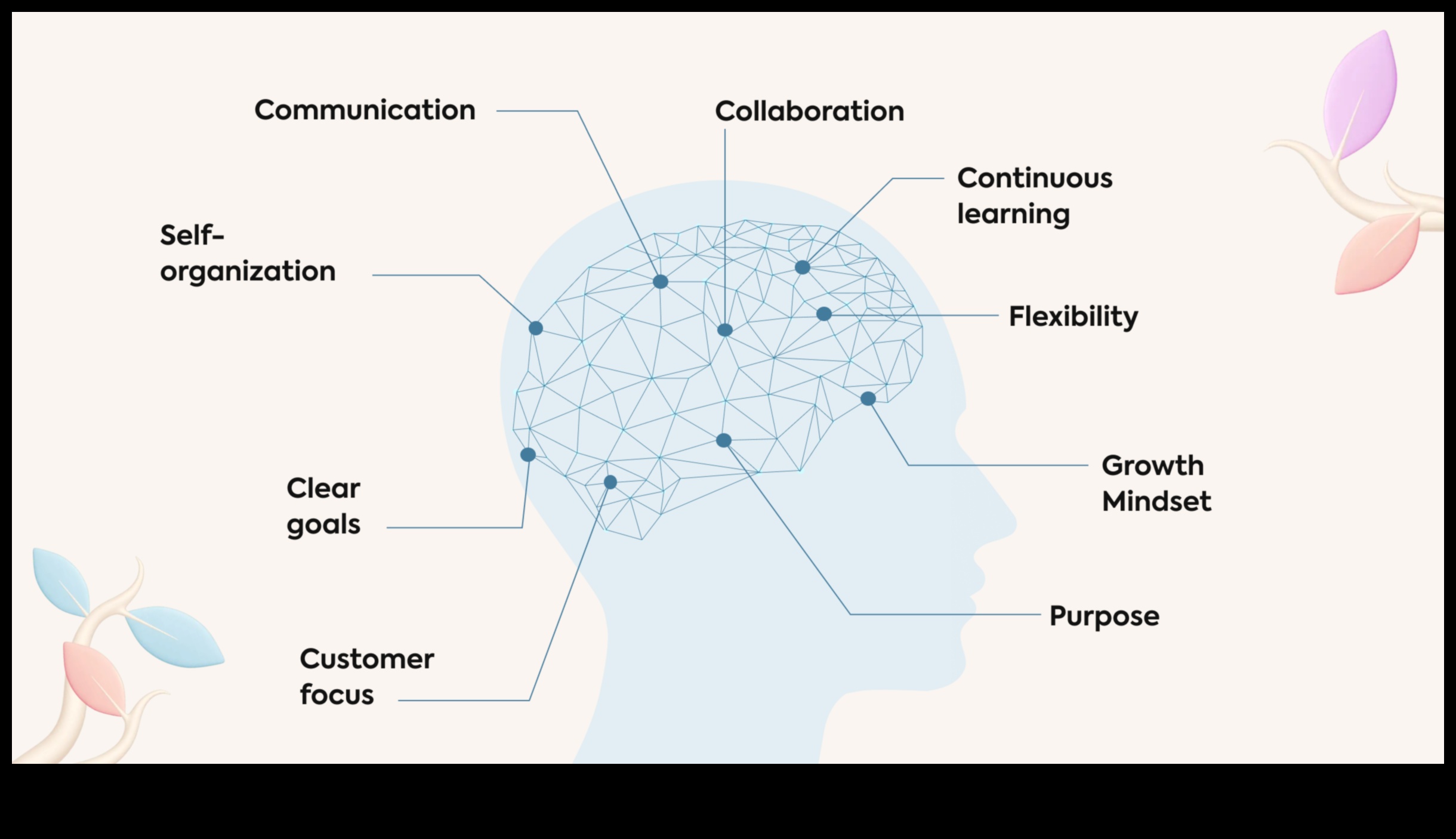
Agile Growth Strategies
II. What is Agile Growth?
III. Benefits of Agile Growth
IV. How to Implement Agile Growth
V. Challenges of Agile Growth
VI. Case Studies of Agile Growth
VII. Conclusion
VIII. Resources for Agile Growth
IX. FAQ
X. Contact Us
| Agile Growth | Small Business Growth |
|---|---|
|
|
| Business Expansion | Scrappy Growth |
|
|
| Lean Startup | Feature |
|
|

II. What is Agile Growth?
Agile growth is a business growth strategy that emphasizes flexibility and adaptability. It is based on the principles of agile software development, which was developed to help software teams respond quickly to changing requirements. Agile growth principles can be applied to any business, regardless of its size or industry.
Agile growth is based on the following core principles:
- Customer-centricity
- Continuous improvement
- Empowerment of employees
- Adaptability
When applied to business growth, these principles can help businesses to:
- Stay ahead of the competition
- Attract new customers
- Increase their profits
Agile growth is not without its challenges. It can be difficult to implement, and it requires a high level of commitment from all employees. However, the benefits of agile growth can be significant, and it is a worthwhile strategy for businesses that want to stay ahead of the competition.
III. Benefits of Agile GrowthThere are many benefits to adopting an agile growth strategy for your small business, including:
- Increased speed and agility
- Improved customer satisfaction
- Reduced costs
- Increased innovation
- Enhanced employee engagement
Let’s take a closer look at each of these benefits in more detail.
Increased speed and agility
One of the biggest benefits of agile growth is that it allows you to be more responsive to changes in the market. By being able to quickly adapt to new challenges and opportunities, you can stay ahead of the competition and grow your business more quickly.
Improved customer satisfaction
When you adopt an agile growth strategy, you are more likely to be able to meet the needs of your customers in a timely and efficient manner. This can lead to increased customer satisfaction and loyalty, which can ultimately translate into more sales and growth for your business.
Reduced costs
Agile growth can also help you to reduce your costs. By being more efficient and effective, you can save money on things like wasted time, resources, and expenses.
Increased innovation
Agile growth can also help you to increase innovation. By encouraging creativity and experimentation, you can come up with new and innovative ways to grow your business.
Enhanced employee engagement
Finally, agile growth can help you to enhance employee engagement. When employees are given the opportunity to be involved in the decision-making process and to contribute their ideas, they are more likely to be engaged and motivated. This can lead to improved productivity and performance, which can ultimately benefit your business.
These are just a few of the many benefits of agile growth. If you are looking for a way to grow your small business in a fast-paced, ever-changing environment, then agile growth is a strategy that you should consider.
IV. How to Implement Agile Growth
There are a number of ways to implement agile growth strategies in your small business. Here are a few tips:
- Embrace a culture of experimentation. Agile growth is all about trying new things and learning from your mistakes. Don’t be afraid to experiment with different marketing strategies, product offerings, and business models.
- Be quick to adapt. The business environment is constantly changing, so you need to be able to adapt your strategies quickly. If something isn’t working, don’t be afraid to change course.
- Delegate authority. Agile growth requires a lot of collaboration and teamwork, so you need to be willing to delegate authority and empower your employees.
- Measure your progress. It’s important to track your progress so you can see what’s working and what’s not. This will help you make adjustments to your strategies as needed.
V. Challenges of Agile Growth
There are a number of challenges that small businesses face when trying to implement agile growth strategies. These challenges include:
- Lack of resources
- Resistance to change
- Difficulties in measuring results
- Risk of failure
Despite these challenges, agile growth can be a successful strategy for small businesses that are willing to invest the time and resources necessary to make it work. By being adaptable and responsive to change, small businesses can stay ahead of the competition and grow their businesses in a sustainable way.
VI. Case Studies of Agile Growth
Here are some case studies of companies that have successfully used agile growth strategies to grow their businesses:
- HubSpot: HubSpot is a leading marketing and sales software company that has grown from a small startup to a global enterprise in just over a decade. The company credits its rapid growth to its agile growth strategies, which include a focus on customer feedback, continuous innovation, and a willingness to experiment with new ideas.
- Shopify: Shopify is an e-commerce platform that helps businesses of all sizes sell online. The company has grown rapidly in recent years, and it credits its success to its agile growth strategies, which include a focus on customer experience, a commitment to innovation, and a strong community of developers.
- Slack: Slack is a business communication tool that has become increasingly popular in recent years. The company has grown rapidly, and it credits its success to its agile growth strategies, which include a focus on user-centricity, a commitment to innovation, and a strong culture of collaboration.
VII. Conclusion
Agile growth is a powerful strategy for small businesses that want to stay ahead of the competition and grow their businesses in a sustainable way. By being adaptable and responsive to change, small businesses can create a culture of innovation and creativity that will help them thrive in the long term.
Here are some key takeaways from this guide:
- Agile growth is a mindset, not a set of rules.
- It’s important to be adaptable and responsive to change.
- You need to have a clear vision for your business and a plan for how to achieve it.
- You need to be able to measure your progress and make adjustments as needed.
- You need to have a strong team of people who are passionate about your business and committed to its success.
If you can follow these principles, you’ll be well on your way to achieving agile growth for your small business.
Resources for Agile Growth
Here are some resources that you can use to learn more about agile growth and how to implement it in your small business:
- Agile Growth Institute – This website provides a comprehensive overview of agile growth, including its principles, practices, and benefits.
- Scrum Alliance – This organization offers training and certification programs in agile development, including scrum, kanban, and XP.
- Lean Startup – This website provides information on the lean startup methodology, which is a popular approach to agile growth.
- The Agile Startup: How Small Businesses Can Grow Fast and Stay Lean – This article provides a practical guide to agile growth for small businesses.
Q: What is Agile Growth?
A: Agile Growth is a business growth strategy that emphasizes flexibility and adaptability. It is based on the principles of agile software development, which were developed to help software teams respond quickly to changing requirements. Agile Growth principles can be applied to any business, regardless of its size or industry.
Q: What are the benefits of Agile Growth?
A: The benefits of Agile Growth include:
* Increased flexibility and adaptability
* Faster time to market
* Improved customer satisfaction
* Reduced costs
* Increased innovation
Q: How do I implement Agile Growth?
A: There are a number of steps involved in implementing Agile Growth, including:
* Creating a vision for growth
* Developing a plan
* Setting goals
* Measuring progress
* Evaluating results
Q: What are the challenges of Agile Growth?
A: The challenges of Agile Growth include:
* The need for a strong leadership team
* The need for a culture of change
* The need for technical skills
* The need for financial resources
Q: What are some examples of Agile Growth strategies?
A: Some examples of Agile Growth strategies include:
* Developing new products and services quickly
* Entering new markets quickly
* Expanding into new geographic areas
* Partnering with other businesses
* Using technology to improve efficiency
Q: Where can I learn more about Agile Growth?
A: There are a number of resources available to learn more about Agile Growth, including:
* Books
* Articles
* Online courses
* Workshops
* Conferences
Q: Contact Us
Q: What is agile growth?
A: Agile growth is a business growth strategy that emphasizes flexibility and adaptability. It is based on the principles of agile software development, which were developed in the early 2000s. Agile growth strategies are designed to help businesses stay ahead of the competition by quickly adapting to changes in the market.
Q: What are the benefits of agile growth?
A: The benefits of agile growth include:
* Increased flexibility and adaptability
* Faster time to market for new products and services
* Improved customer satisfaction
* Reduced costs
* Increased innovation
Q: What are the challenges of agile growth?
The challenges of agile growth include:
* The need for a strong team of skilled and experienced employees
* The need for a clear and well-defined vision for the business
* The need for a willingness to experiment and take risks